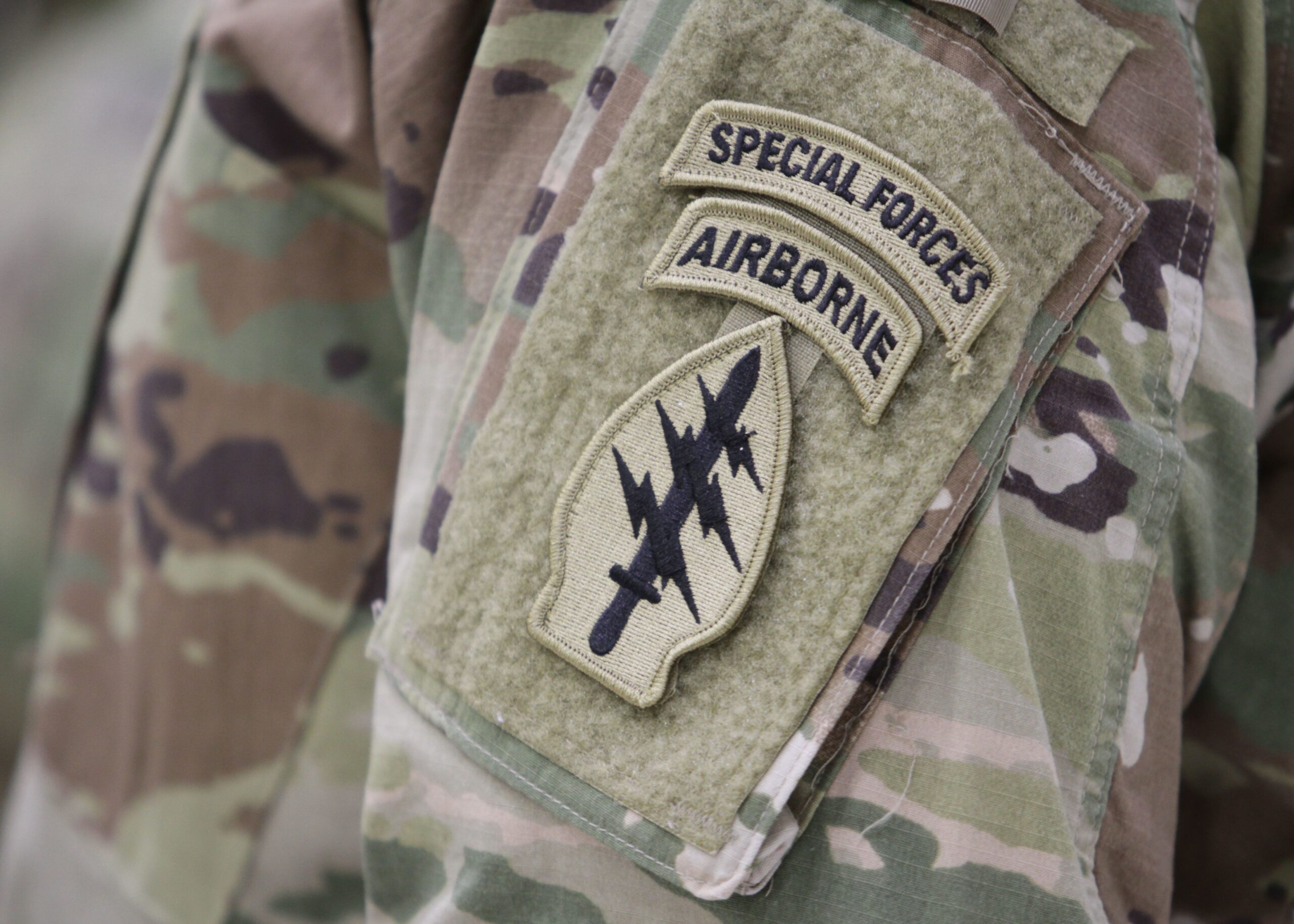:quality(70)/cloudfront-us-east-1.images.arcpublishing.com/archetype/6QWADNMO2JC6DKZTWFOV6QCK2Y.jpg)
The next year could prove pivotal for the Army’s most elite forces, as ongoing experiments with force structure and how to best integrate technical expertise at the tactical level could reshape the way the service’s special operations look and fight.
Army Times obtained an exclusive interview with the commanding general of Army Special Operations Command at the Association of the U.S. Army conference in October, highlighting the pilot programs for the publication’s November cover story.
Lt. Gen. Jon Braga explained that the increasing role that space and cyber operations play in competition and conflicts (such as the ongoing war in Ukraine) has necessitated a reconsideration of long-held truths. The recently-unveiled “influence triad” is a framework to help commanders consider special operations, space and cyber together in a modern-era “combined arms” model.
The command is experimenting with expanding the size of the Special Forces operational detachment-alpha from the traditional 12 soldiers to 16. Other “convergence” efforts are underway to integrate all three branches of Army SOF at the battalion and brigade headquarters levels rather than keeping them siloed by branch as they currently are.
Braga also said that the command is experimenting with creating a new career field with a tech focus to help take some of the technical load off of the soldiers currently on the teams.
The commander indicated that other options could be on the table as well, such as restructuring the reserve component civil affairs and psychological operations formations.
Davis Winkie is a senior reporter covering the Army, specializing in accountability reporting, personnel issues and military justice. He joined Military Times in 2020. Davis studied history at Vanderbilt University and UNC-Chapel Hill, writing a master’s thesis about how the Cold War-era Defense Department influenced Hollywood’s WWII movies.

